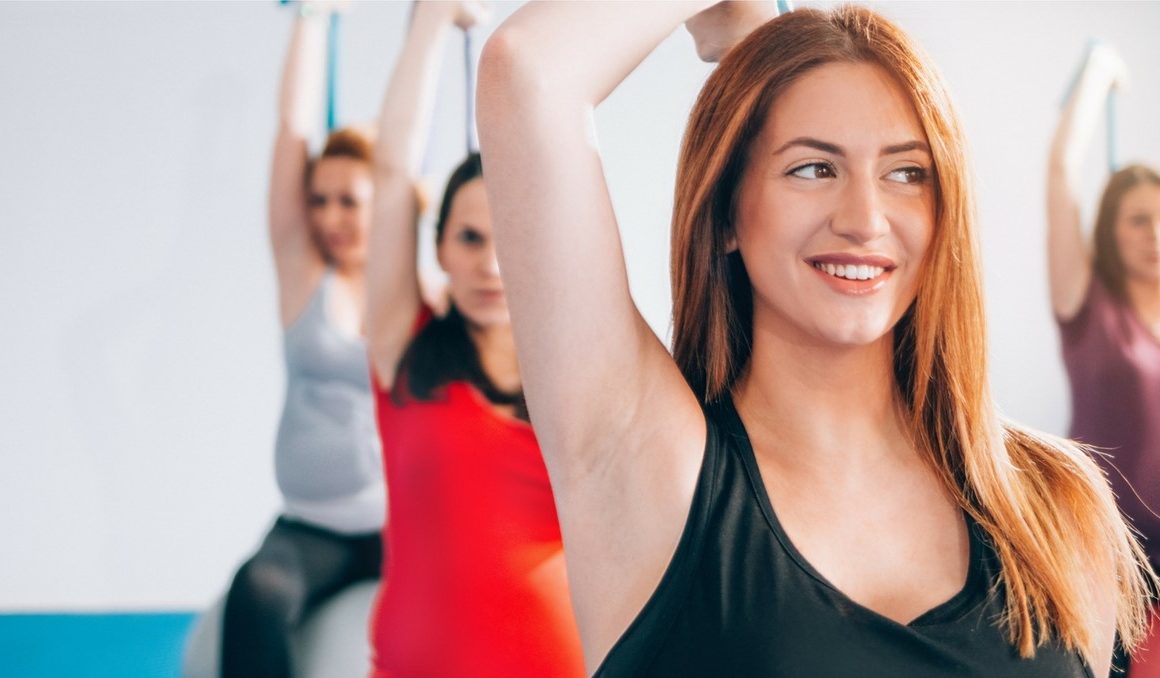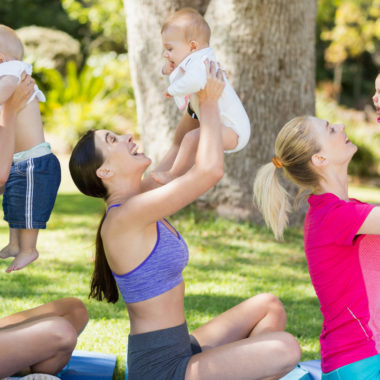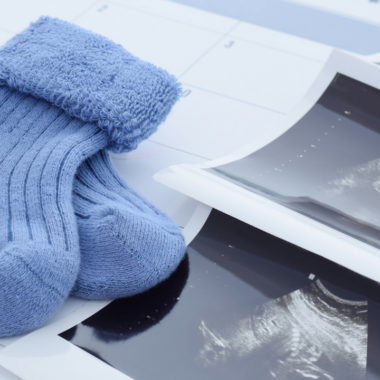Once your OBGYN has cleared you to exercise, there are many types of exercise you can try. Now is a great time to find which exercise technique suits you; pick something you will enjoy so that you are more likely to continue exercising. Exercising is a great way to have some “me time”.
If you normally get little to no exercise, walking 30 minutes a day is a good way to start getting active. Walking is usually safe because it does not put too much pressure on your joints and still gives you a full body workout.
If you are nervous about beginning a new exercise regime on your own, I would recommend seeking out a prenatal specialist such as a Physical Therapist, Prenatal Trainer, or Women’s Health Specialist. Working with a specialist can help you begin exercising properly by teaching you basics and giving you appropriate workout routines.
When exercising, make sure you are not overworking yourself. The Talk Test is one of the easiest ways to make sure you are not putting too much strain on your body while exercising. As long as you can keep a conversation without getting out of breath, you may continue exercising.
Types of Exercises to Try
–Walking
Walking requires no special equipment; it is simple, it can be done almost anywhere, and it is easy on your joints. You can make this activity as difficult or as easy as you want by adjusting the speed at which you walk, changing up the terrain, and adding weights to your ankles or wrists as you walk.
–Swimming
Swimming is a non-weight bearing exercise; it does not put extra weight or stress on your joints. It is a great way to stay toned and to work out your muscles without the stress of additional weight on your body.
–Prenatal Yoga
Prenatal Yoga incorporates stretching, strengthening, and breathing. If done correctly and supervised by a professional, yoga can be a great way to keep your body strong and flexible. If you are new to yoga, there are certain positions you should avoid so that you do not injure yourself; which is why it is important to have someone show you proper positions that are safe during pregnancy.
–Prenatal Pilates
Similar to Yoga, Pilates is also a great way to keep your body strong and flexible. Pilates also helps with core strengthening. If you are new to pilates, there are certain positions you should avoid or be careful with (especially ones that target the core).
–Dancing
You can dance almost anywhere; at home or in a group setting. It is a good way to get your heart rate up and keep active. Dancing will also help tone your body as well as improve your endurance. Avoid excess spinning and jumping.
–Free weights
Free weights can be used at home, or in a gym. Using free weights such as dumbbells help with muscle strengthening, muscle tone, muscle endurance. There are many ways in which you can use free weights, especially when performing exercises that mimic functional movements. You can strengthen you body and prepare yourself for when the baby is here and you will need to do a lot of lifting and moving. Free weights can also be used alongside other equipment, such as physioballs for improved balance and core strengthening.
–Physioball exercises
You can use a physioball almost anywhere. Using physioballs for exercise incorporates balance, strengthening, endurance, and provides an alternative to being on the floor while exercising. You can use a physioball to sit on and engage your core, you can use the ball to help with activities in quadruped, and you can incorporate the physioball for exercises that require you to be on your back.
–Pelvic exercises
Pelvic floor exercises (kegels) help improve pelvic floor muscles to help with incontinence (during and after pregnancy). They can also help with labor and delivery.
–Body Weight Strengthening Exercises
Body weight exercises for large and small muscle groups are great for your body as long as you are being safe and do not put a strain on your body. You can do exercises such as squats and lunges in order to strengthen your lower body, or modified pushups for upper body strengthening. You can do various exercises using just your body weight; as you gain more weight from your growing baby, they will become more difficult.
Tips to keep in mind
– Avoid exercises that involve excessive jumping, hopping, or bouncing
– Avoid exercises where you can easily fall or get injured
– Stretching before, during, or after exercise should be done carefully because your body is flooded with hormones (Relaxin) that help relax your muscles and joints, especially in your pelvic area. This can lead to instability and a higher chance of injuring yourself. If you chose to stretch, do so with caution and awareness that your body is already doing some of the stretching for you due to the hormones and changes you are going through.
– ALWAYS listen to your body and do what feels good. If something feels painful, uncomfortable, or something is not right, then stop what you are doing.
- Finding the Right Type of Exercise During Pregnancy - September 26, 2017
- Top Reasons Why You Should Start Exercising During Pregnancy - September 6, 2017








